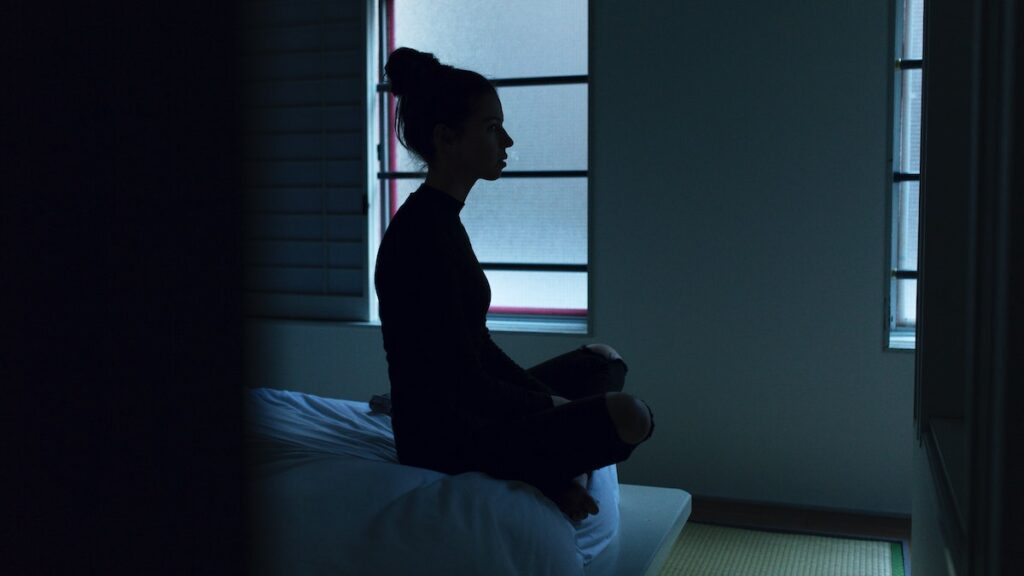
To date, COVID-19 has infected over 100 million people and caused over 2 million deaths worldwide. To limit the pandemic spread, restrictions have been issued in many countries, with direct impact on both economy, and mental/physical health in the general population, as well as in fragile subgroups.
Even though several studies have reported on the impact of COVID-19 on mental health, very few have included large representative samples and used a longitudinal design. Moreover, no study so far has addressed a fine-grained time course of depressive or anxiety symptoms on a week-by-week basis. It is paramount to understand how depressive and anxiety symptoms fluctuate, especially during lockdown.
Fancourt et al. (2020) in a recent methodologically sound work, aimed to understand the course of anxiety and depressive symptoms since the first lockdown was issued in the United Kingdom in March 2020.

COVID-19 lockdowns have occurred across the world, so researchers have tried to understand the impact these events have had on our mental health.
Methods
Fancourt et al. (2020) analysed data from the COVID-19 Social Study, a large cohort study over 20 weeks after the 1st lockdown announcement in England, with weekly measures of anxiety and depressive symptoms by means of validated online self-reported questionnaires. Depressive symptoms were measured using the Patient Health Questionnaire (PHQ-9), which is a standard 9-item instrument for diagnosing depression in primary care. Anxiety symptoms were measured using the Generalised Anxiety Disorder Assessment (GAD-7), a well-validated 7-item tool used to screen and diagnose generalised anxiety disorder in clinical practice and research.
Results
Out of 70,000 participants initially included, 36,520 individuals provided at least 3 measurements, which made up the final sample of the study. The vast majority of the sample were women (75.8%), and age distribution was 7.5% between 18 and 29 years old, 29.2% between 30 and 45 years old, 33% between 46 and 59 years old, and 30.4% aged 60 or older. More than nine out of ten participants were white, and 70.2% had an undergraduate degree or above. People with mental illness made up 18.3% of the final sample.
Rates of depression and anxiety were highest immediately after the lockdown, and this was the case across different demographic and social strata of the population. Immediately after lockdown, symptoms were most severe in women or younger subjects, those with lower educational attainment, lower income, or pre-existing mental disorders, as well as in those living alone or with children.
These high rates of depression and anxiety decreased over a period of weeks after the initial lockdown occurred.

In most people, anxiety and depression were highest immediately after the lockdown, but then decreased over a period of weeks.
Conclusions
Despite initially high depressive and anxiety symptoms, lockdown duration does not seem to worsen mental health in the general population.

This longitudinal research suggests that lockdown duration does not seem to worsen mental health in the general population, but there are many exceptions.
Strengths and limitations
The strengths of the study include its longitudinal design and the use of validated questionnaires. Having a longitudinal design is crucial to be able to follow-up with the same person throughout time, mapping the symptoms and how they fluctuate during the weeks following the lockdown. Validated questionnaires provide some trust that the measures are valid and reliable. Finally, even if this study does not recruit a truly representative sample, it attempts to correct the biased sample recruited via an initial snowballing approach, by targeting under-represented strata of the population at a second and third step.
Among the main limitations is the lack of any (even retrospective) assessment of anxiety and depressive symptoms before the lockdown, and before the pandemic began. A further limitation is that the survey is available in English only, in contrast with an ongoing large scale anonymous survey on the mental/physical correlates of COVID-19 available in more than 30 languages, the COH-FIT study. The lack of other-than-English language might have neglected linguistic and ethnic minorities, and its lack of generalisability beyond England, and the outcome limited to anxiety and depression. Also, the results are limited to the United Kingdom and adults, but neglecting children and adolescents. Readers might like to check out the Co-SPACE study if they are interested in the younger age-group.

Strengths are valid questionnaires, longitudinal design, and representative sample. Limitations are single-country setting, lack of information of pre-pandemic and pre-lockdown mental status, and neglecting children and adolescents.
Implications for practice
Many concerns have been raised about the possible implications of lockdown measures on the mental health of the population. It seems logical to expect that social isolation, forced sedentary behaviour, disruption of pre-existing routines, home-working and home-schooling could increase anxiety and depressive symptoms. Surprisingly, the study by Fancourt et al. shows the opposite. Specifically, anxiety and depressive symptoms were high at the beginning of lockdown, but then they decrease throughout lockdown, possibly suggesting that the duration of lockdown is not a risk factor for poor mental health itself, and it might actually “protect” individuals from a particularly stressful environment when the pandemic spread is uncontrolled. Notably, individuals with mental health issues were the most vulnerable during the lockdown.
What the study from Fancourt et al. does not inform about, is how lockdown impacts the population in other countries. The COH-FIT will be able to measure the impact of the pandemic and also of restriction measures across 6 continents, as it has collected representative samples from all six continents. It is important to test whether different restriction measures, as well as different pandemic courses, have impacted the mental health of the general population in different ways. Despite being cross-sectional at the individual level, COH-FIT is longitudinal at the population level, as it continues collecting data from different countries since April 2020, and it will continue to do so until the pandemic ends according to World Health Organization (wave 1), as well as 6 months (wave 2), and 12 months afterwards (wave 3). So far, the study has collected representative samples in as many as 15 countries worldwide, providing data on minors, both via parental rating of functioning and quality of life, and via directly targeting minors who can respond to adapted versions of the questionnaire. Similar studies can provide the big picture of how the pandemic is affecting the general population, without any restrictions of age, language, ethnicity, country, or continent.

People with mental health problems have been affected most by lockdown measures.
Statement of interests
None.
Links
Primary paper
Fancourt D, Steptoe A, Bu F. (2020) Trajectories of anxiety and depressive symptoms during enforced isolation due to COVID-19 in England: a longitudinal observational study. Lancet Psychiatry. 2020 Dec 9:S2215-0366(20)30482-X. doi: 10.1016/S2215-0366(20)30482-X. Epub ahead of print. PMID: 33308420.
Other references
COH-FIT survey: https://www.coh-fit.com/
Photo credits
- Photo by Glen Carrie on Unsplash
- Photo by Kelly Sikkema on Unsplash
- Photo by Ben Blennerhassett on Unsplash
